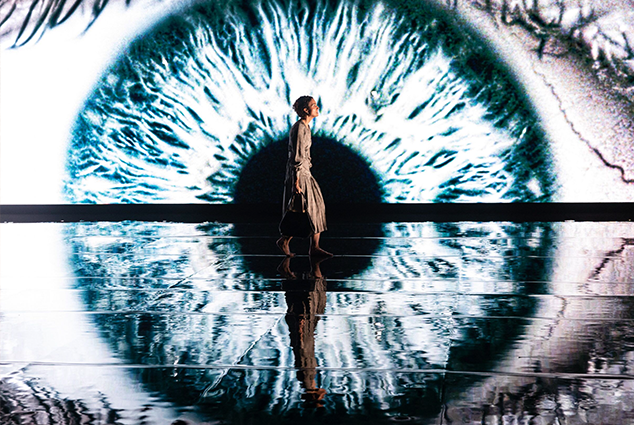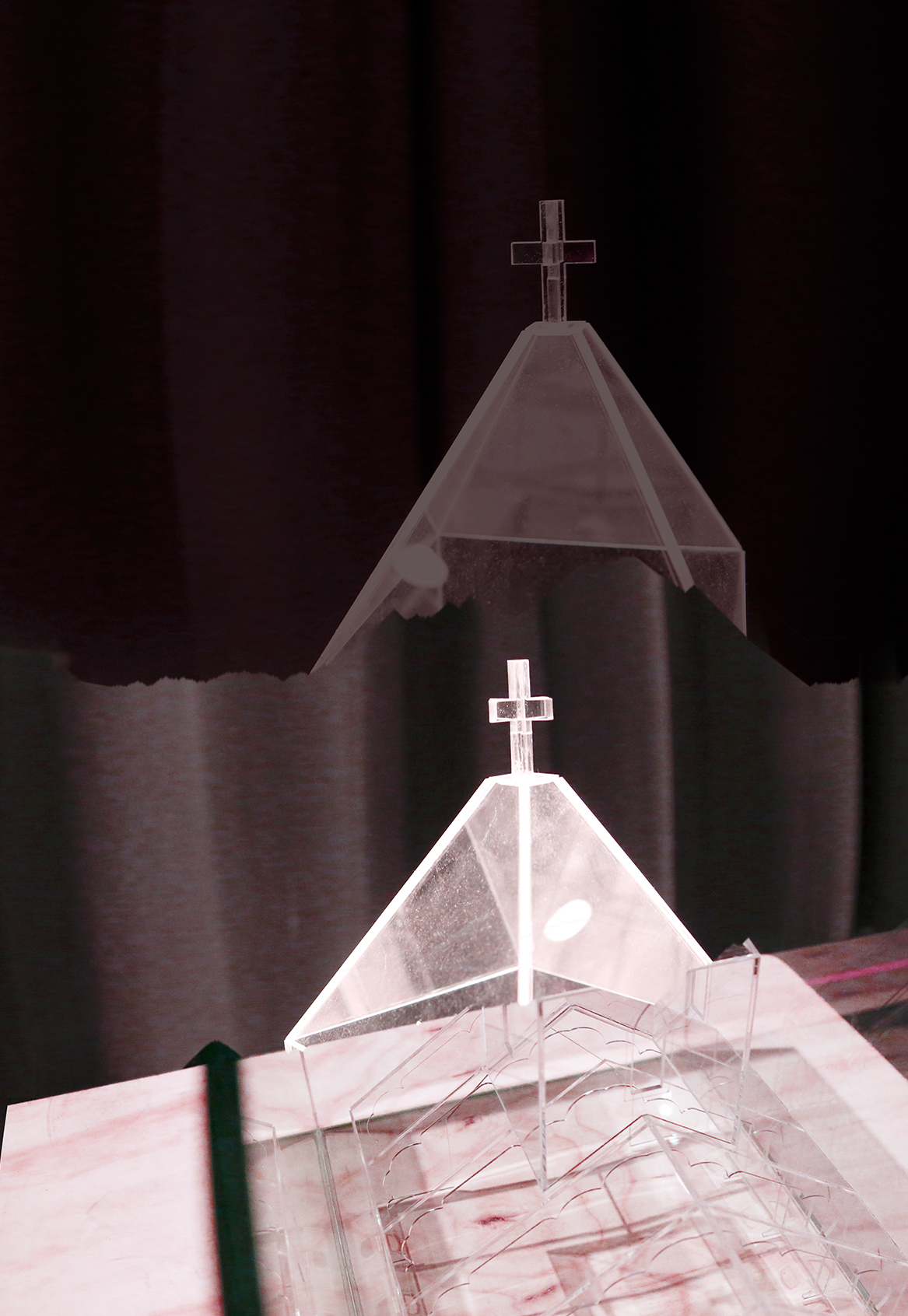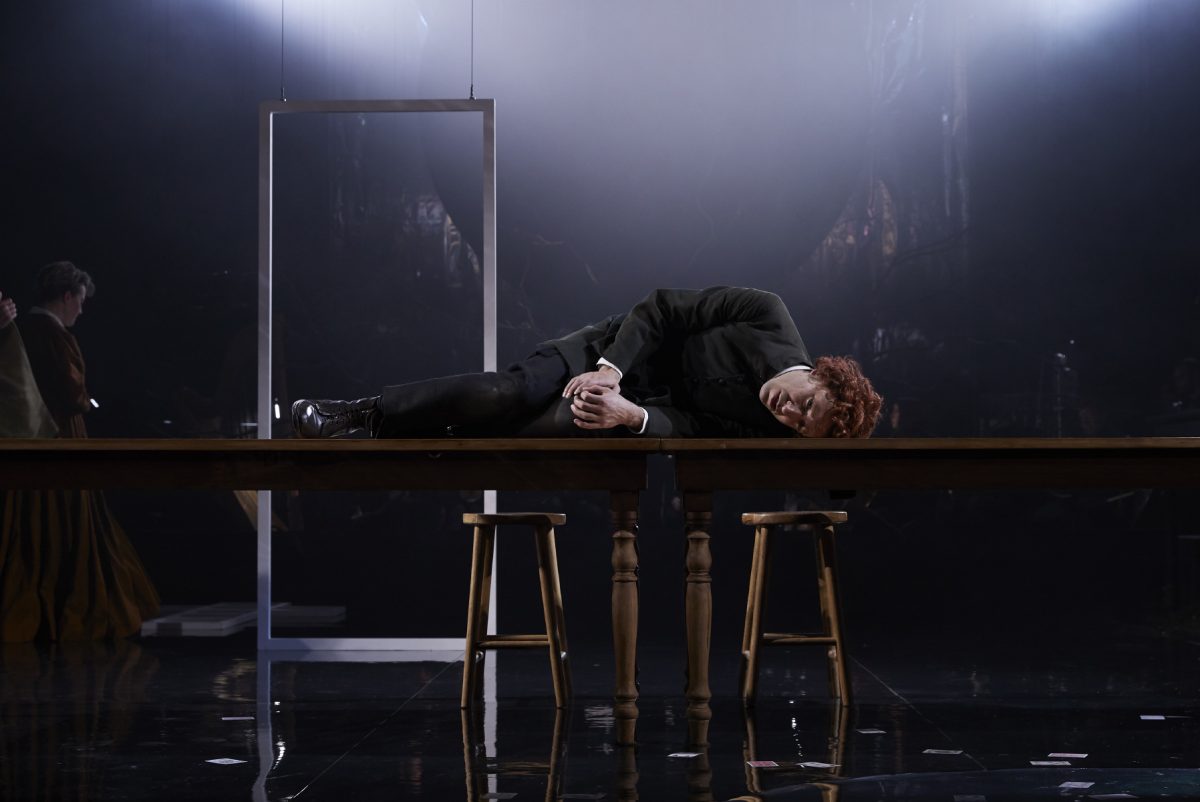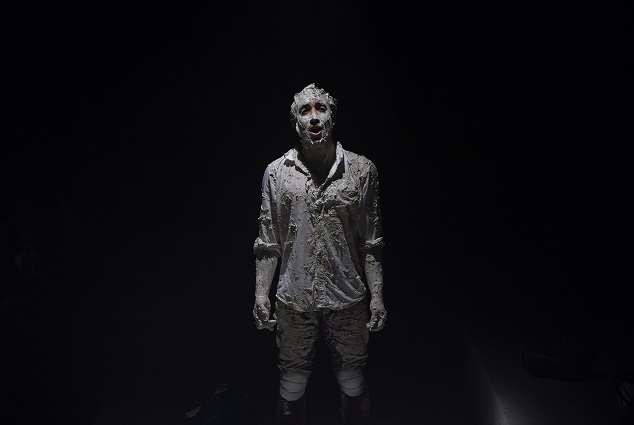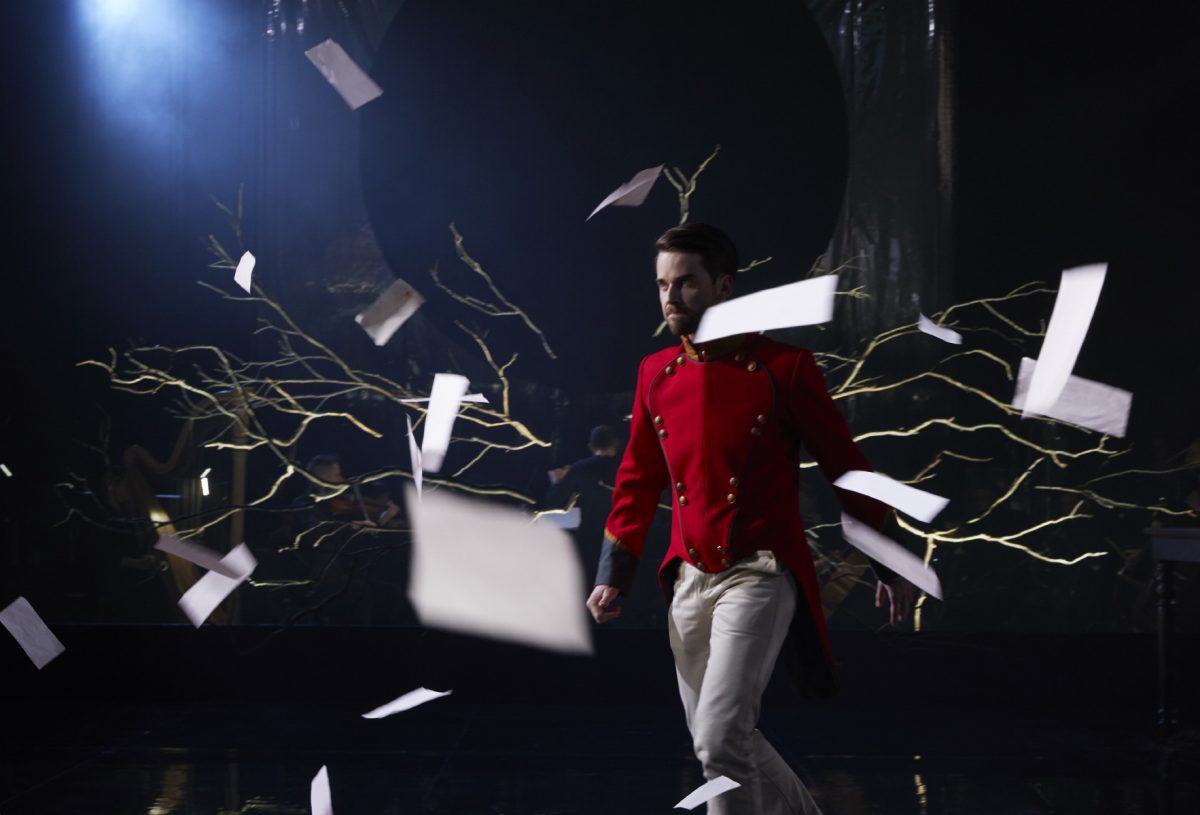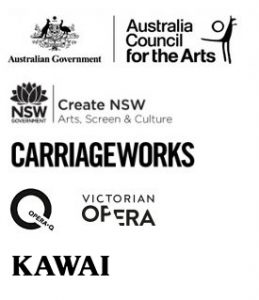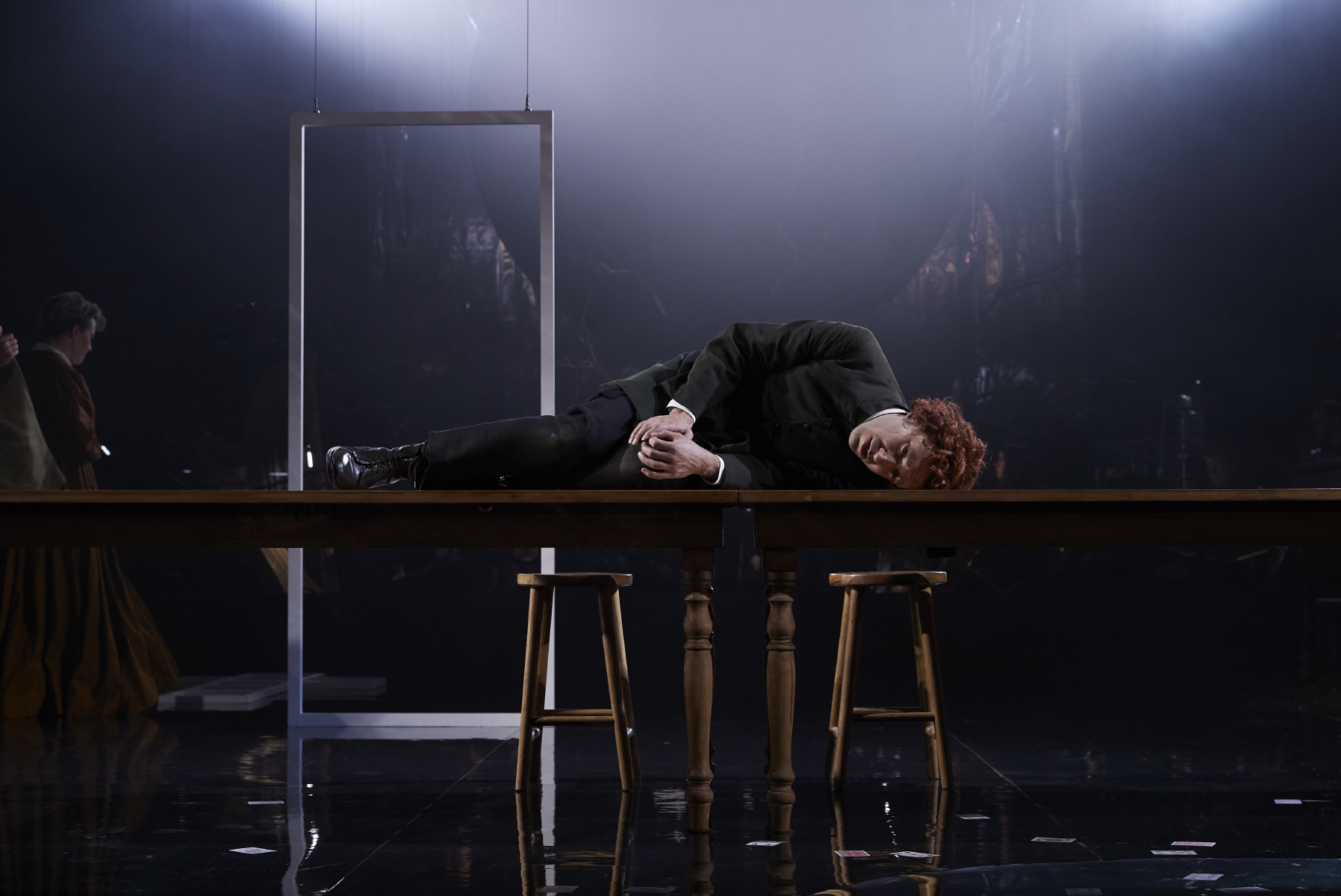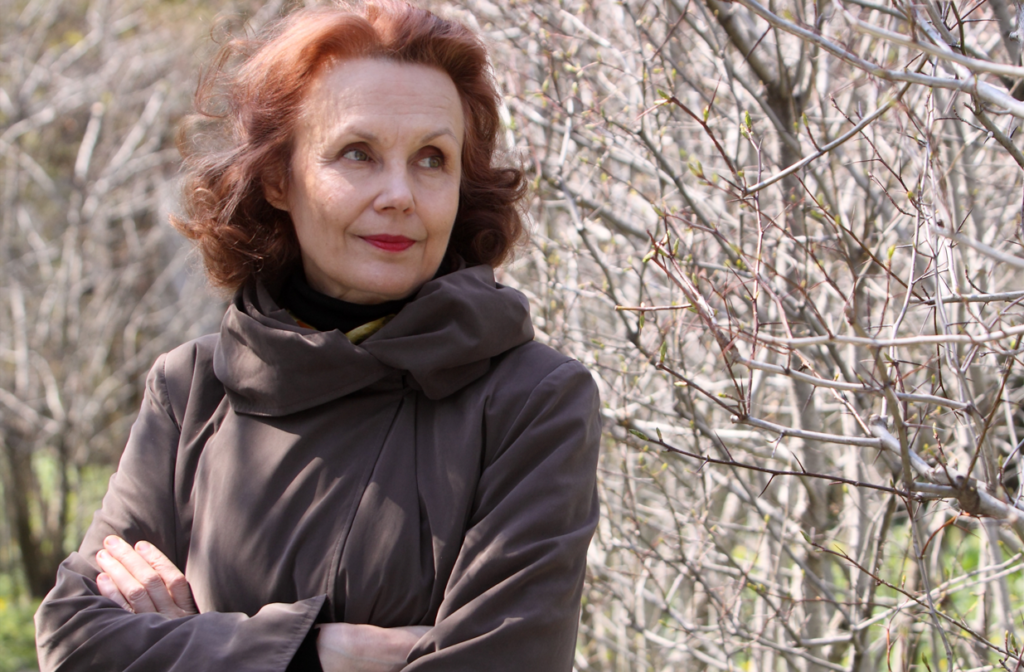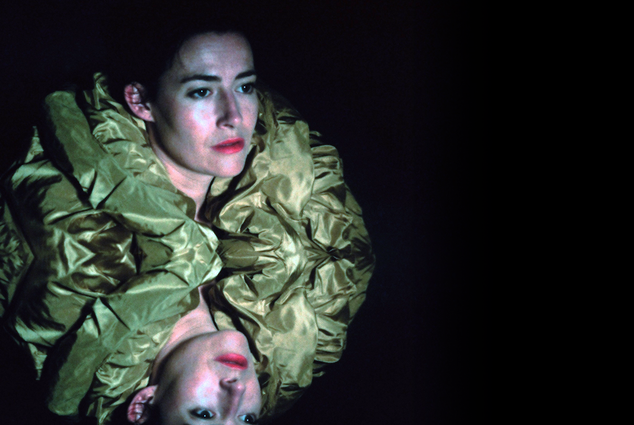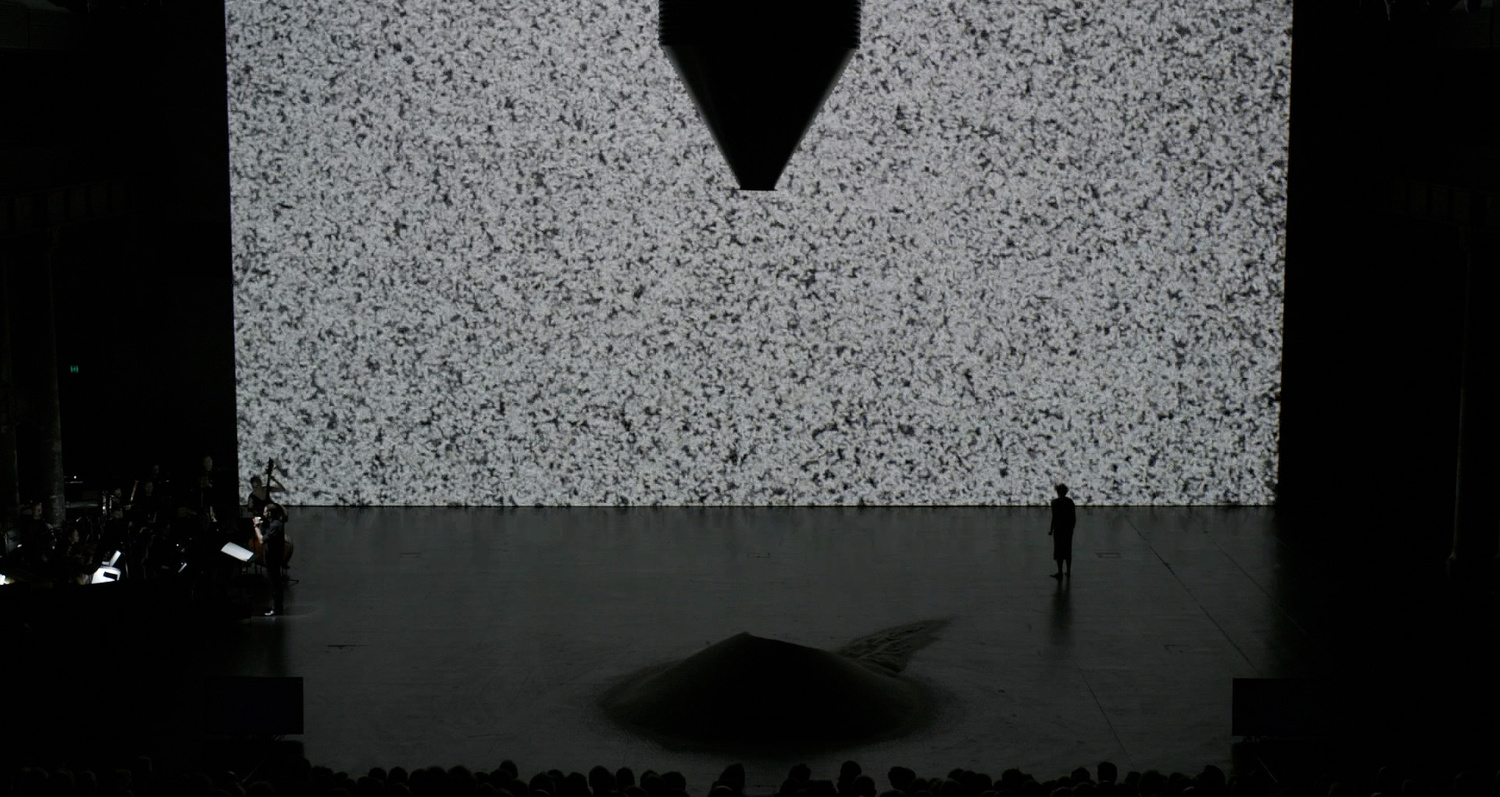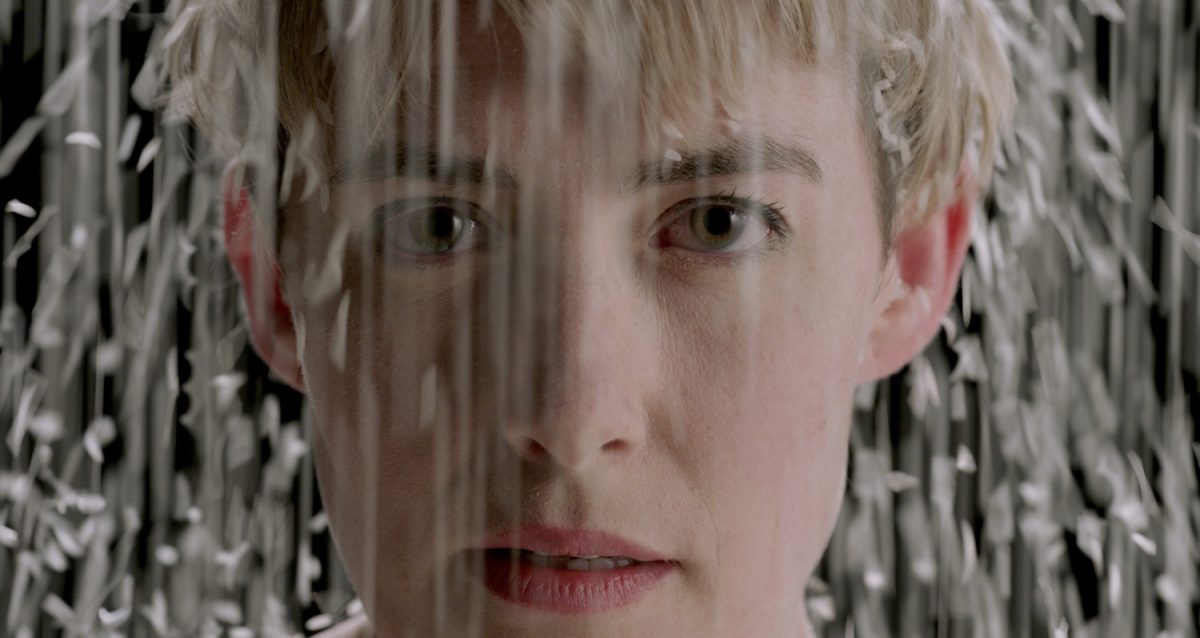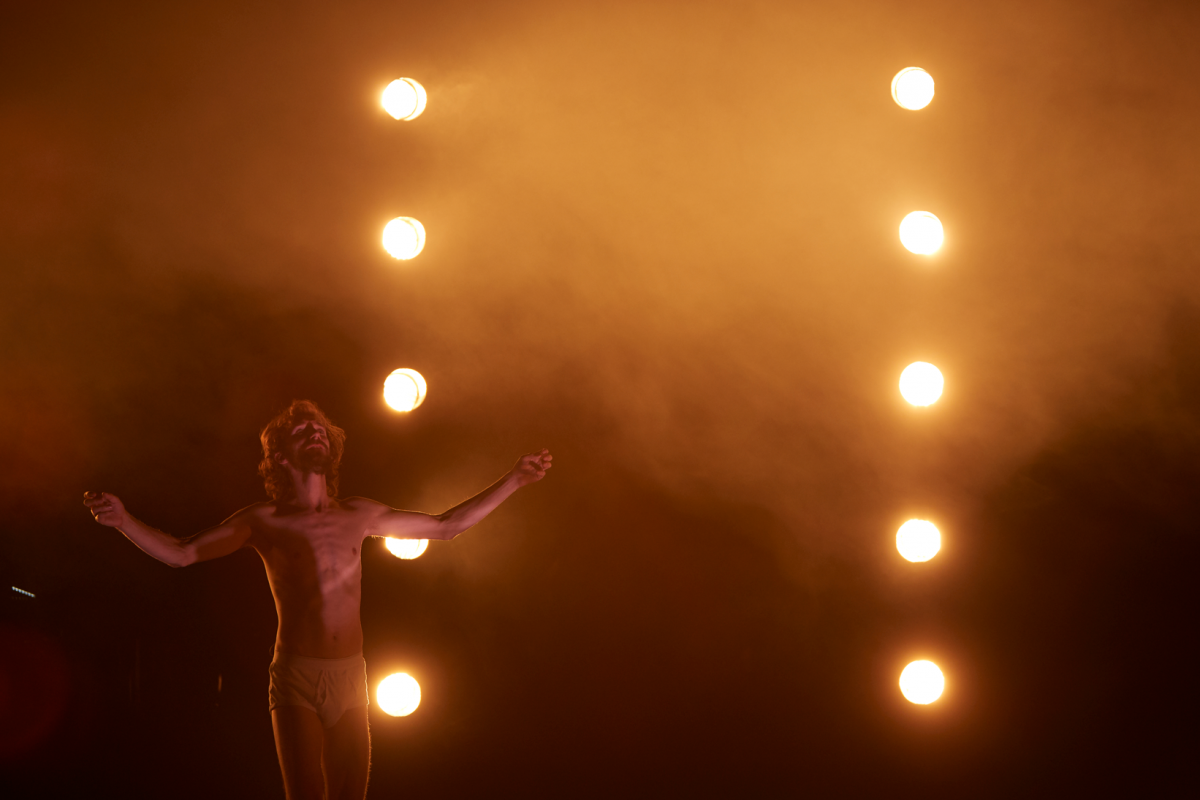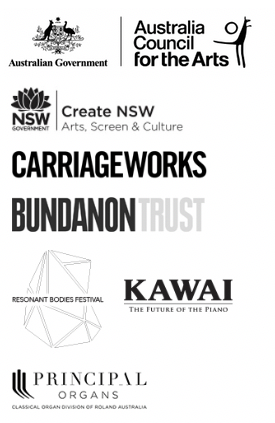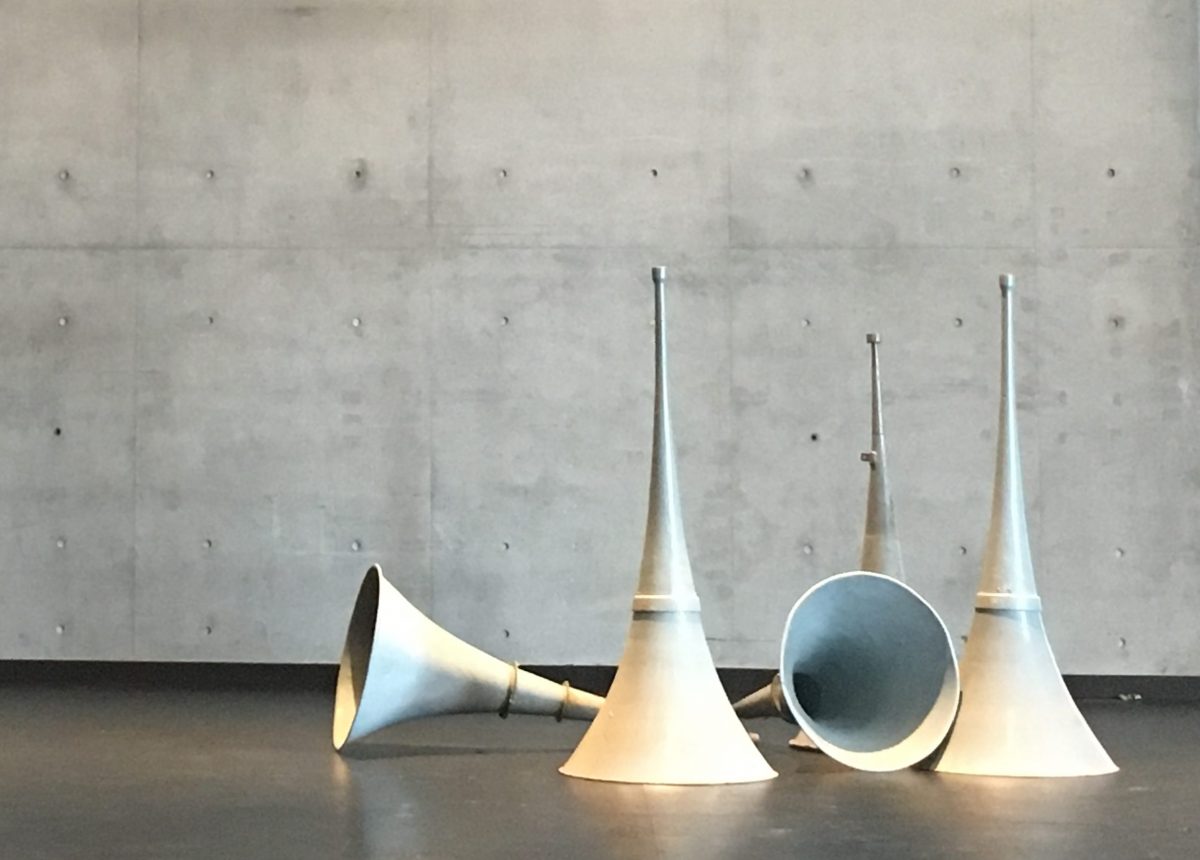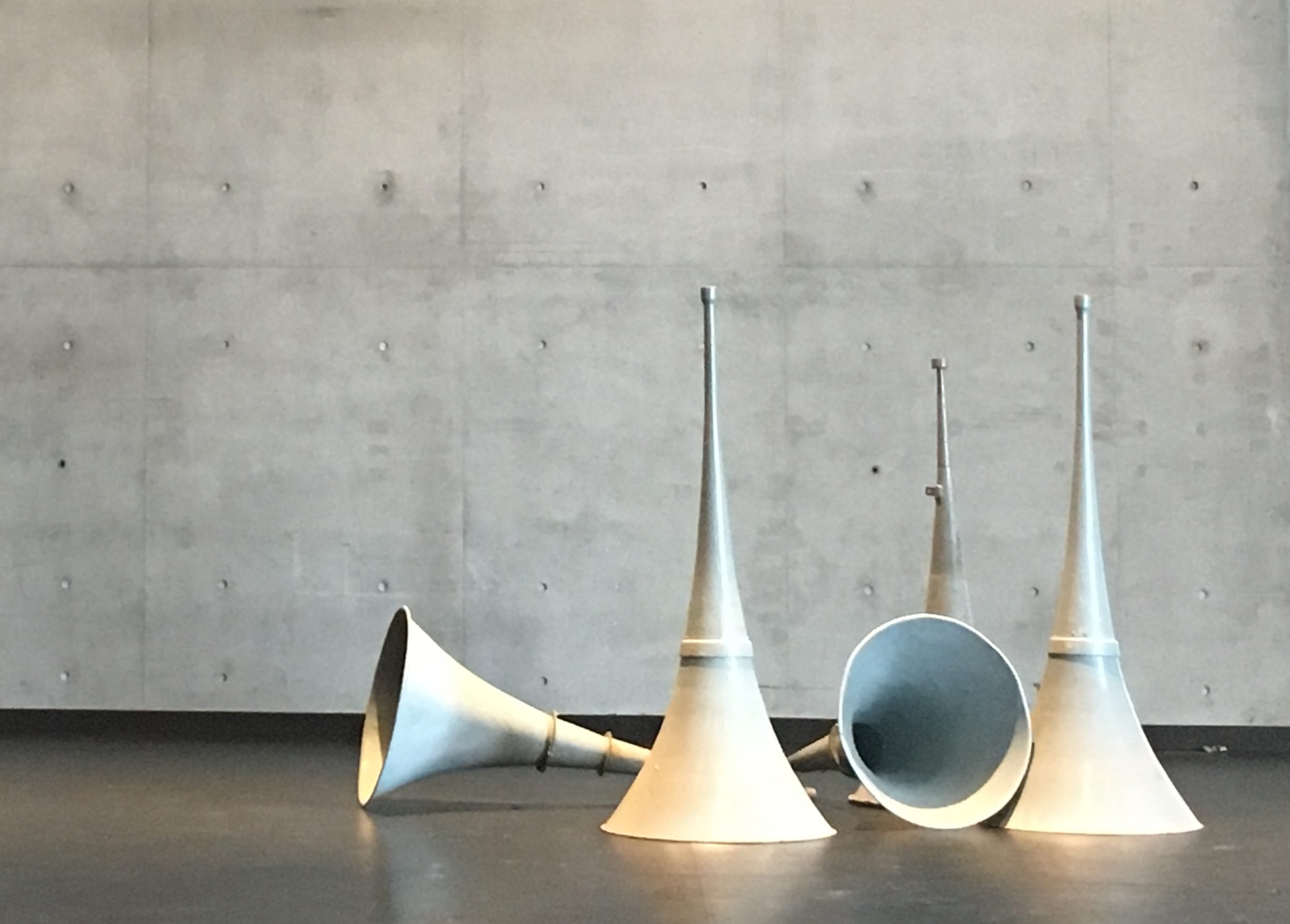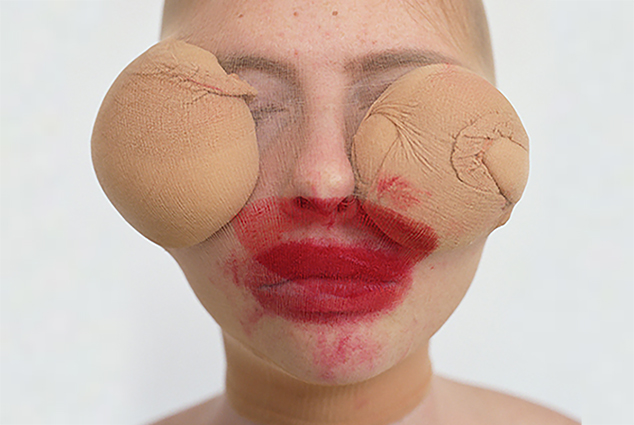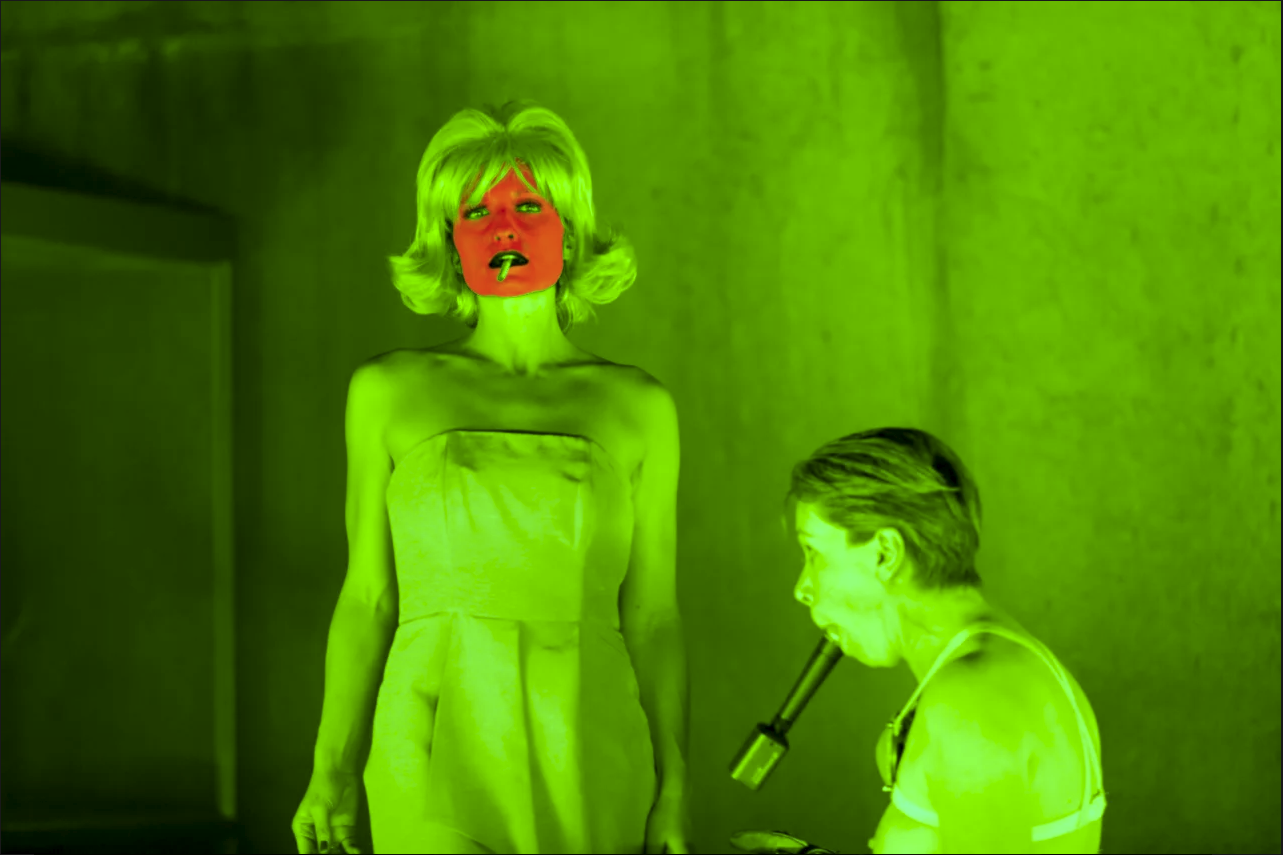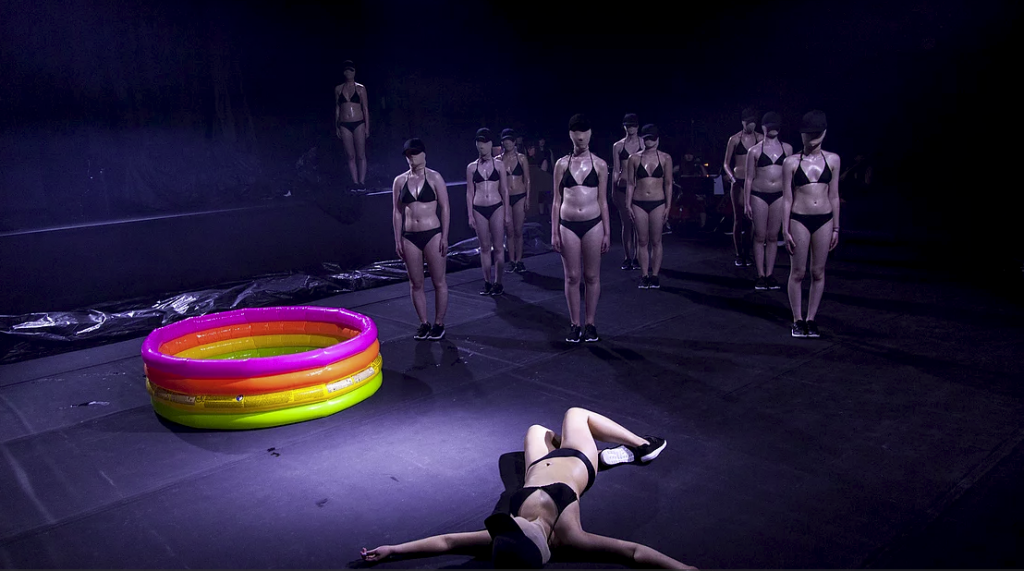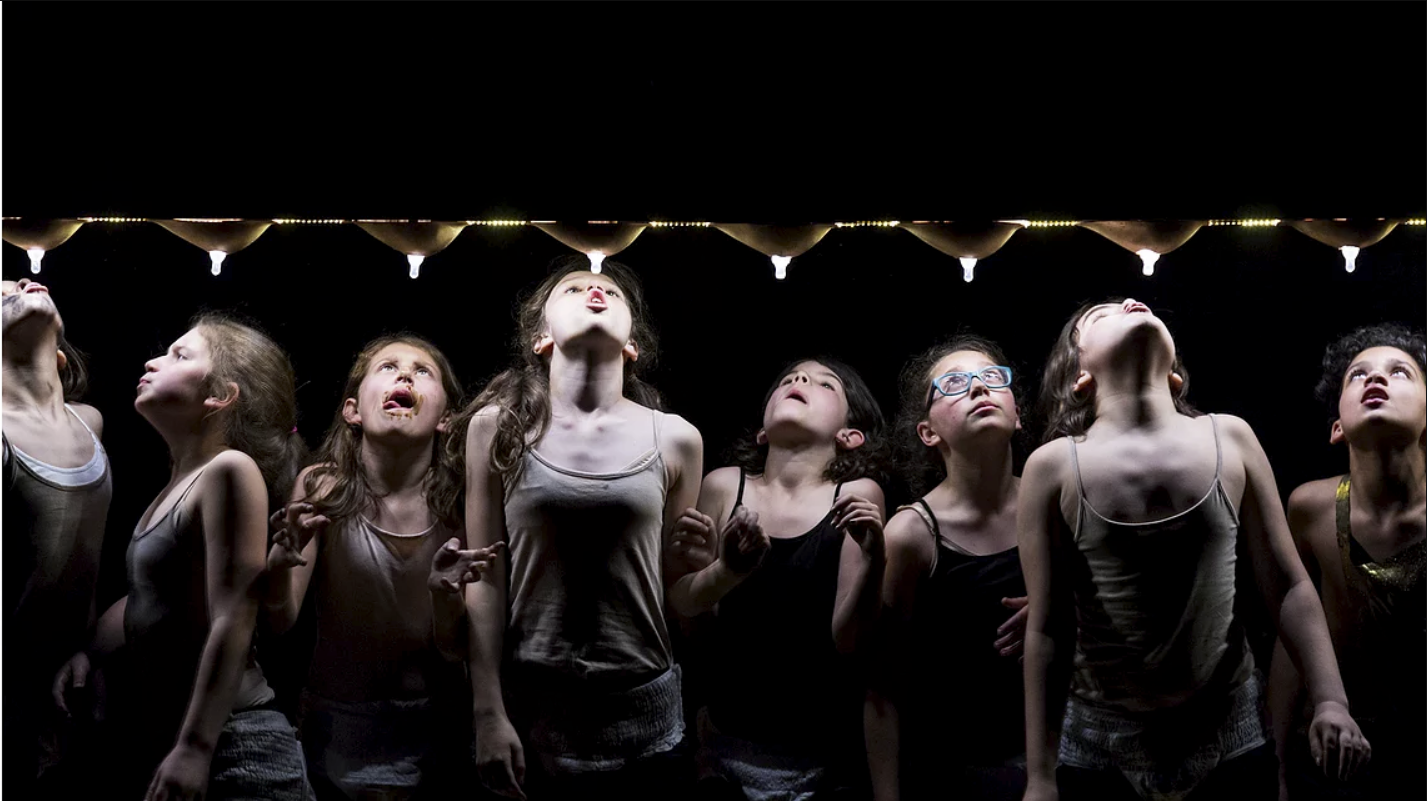Breaking Glass
World Premiere Co-presented with Carriageworks
Quadruple bill of
Her Dark Marauder by Georgia Scott
Commute by Peggy Polias
The Tent by Josephine Macken
The Invisible Bird by Bree van Reyk
Read the Directors’ & Composers’ notes here
Four women weave new worlds from music.
Women have always starred in opera, but with the contours of their lives scored by men. In Breaking Glass, the brilliant composers Peggy Polias, Josephine Macken, Georgia Scott and Bree van Reyk, seize the stage and share the stories they have always wanted to tell.
In partnership with the Sydney Conservatorium of Music’s Composing Women Program, SCO presents a quadruple bill of their new one-act operas.
Commute transforms the saga of Odysseus into the prickling unease of a modern woman’s walk home at night. The Tent creates a landscape of pulsating terror from Margaret Atwood’s knife-sharp prose and the tiniest fragments of wounded sound. In Her Dark Marauder, Sylvia Plath’s poetry inspires a woman’s battle for her identity in a spirit-crushing world. The Invisible Bird takes the true story of a rare breed of Australian parrot struggling for survival and renders it a dazzling journey to emancipation.
These world premieres are directed by Clemence Williams and Artistic Associate Danielle Maas, two women determined to smash open an expanse of possibility for operatic storytelling.
Breaking Glass is a new future for opera.
Photography by Daniel Boud
Conductor
Jack Symonds
Directors
Danielle Maas
Clemence Williams
Set & Costume Design
Charles Davis
Lighting Design
Alexander Berlage
AV Design
David Bergman
Sound Design
Ben Carey
Writer & Dramaturg
Pierce Wilcox
Assistant Conductor
Huw Belling
Production Manager
Jason Thelwell
Stage Management
Ellen Castles
Ayah Tayeh
Singers
Jessica O’Donoghue
Jane Sheldon
Mitchell Riley
Simon Lobelson
Instruments
James Wannan
Ben Ward
Lamorna Nightingale
Jason Noble
Alison Pratt
‘The Tent’ is proudly supported by & dedicated to
Penelope Seidler AM
‘Commute’ is proudly supported by & dedicated to
Prof Di Yerbury AO
Producers
Anonymous (1)
John Barrer
Neil Burns
Martin Dickson AM & Susie Dickson
The Johnson Family Foundation through the Myer Foundation
The Russel Mills Foundation
The Sydney Community Foundation’s Women Composers Fund and its associated donors
Associate Producers
Jim Alexander & Kathir Ponnusamy
Andrew Andersons AO
Gil Appleton
John Kaldor
James Williams
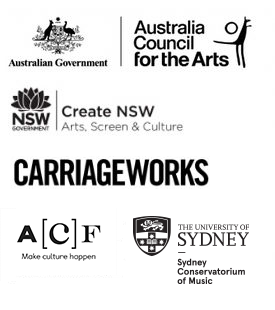
stream now
Gallery
VENUE
Carriageworks
Bay 20, 245 Wilson St, Eveleigh
duration
1 hour 20 minutes
Press Reviews
Discover More
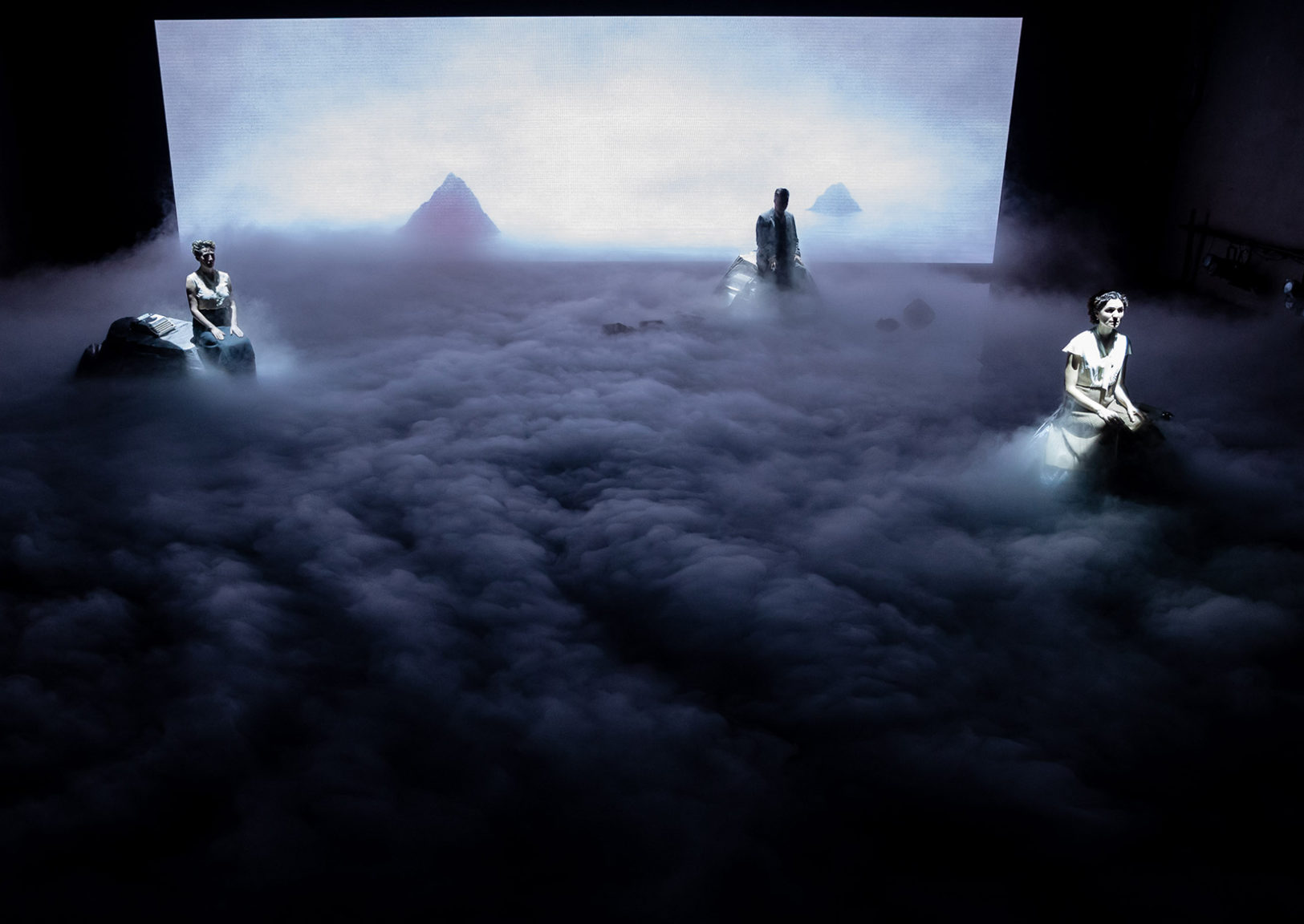
Two Directors and a Quadruple Bill
An interview with directors Danielle Maas and Clemence Williams
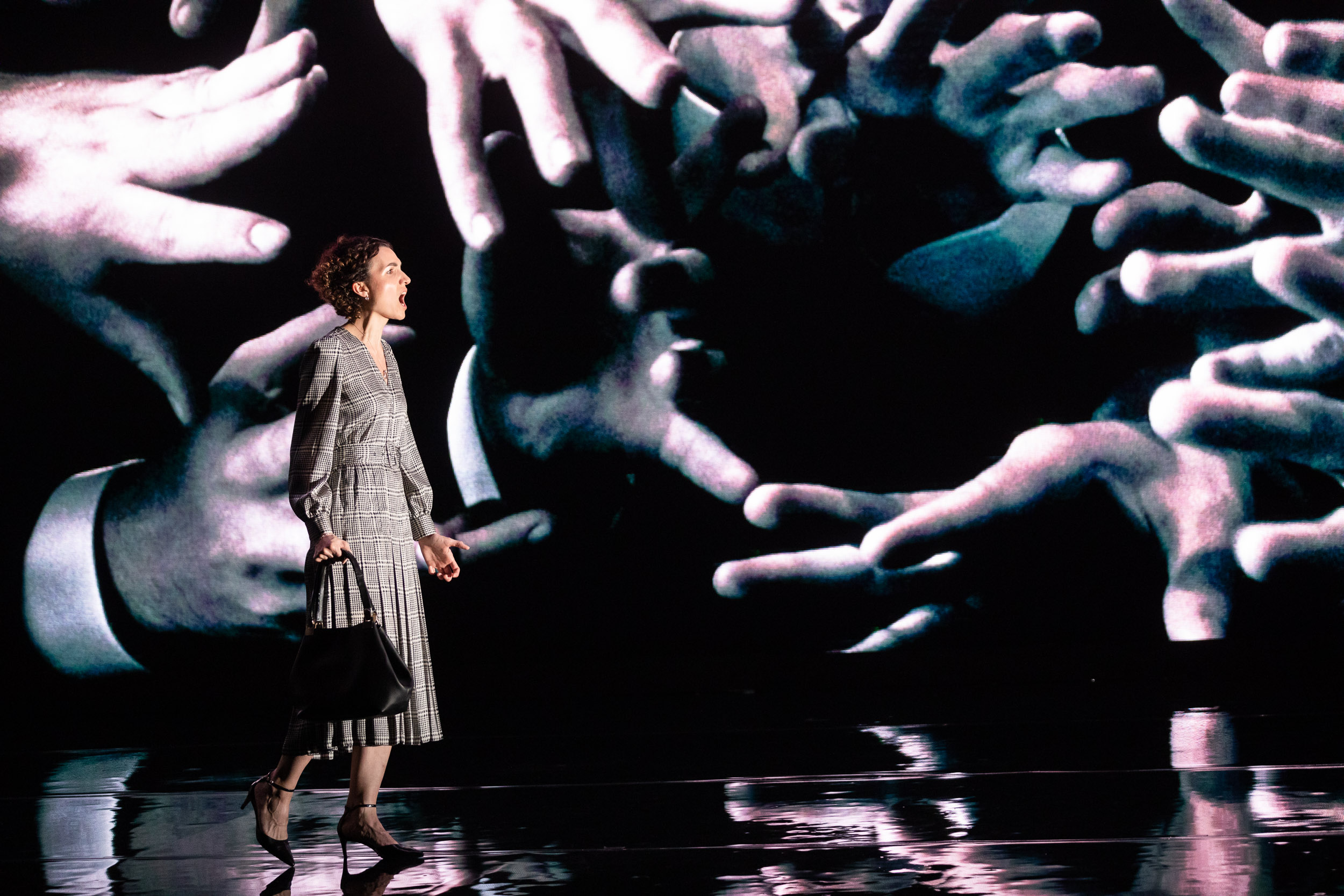
Casting Off the Burden of the Canon
A discussion on the absence of women composers in the operatic canon.
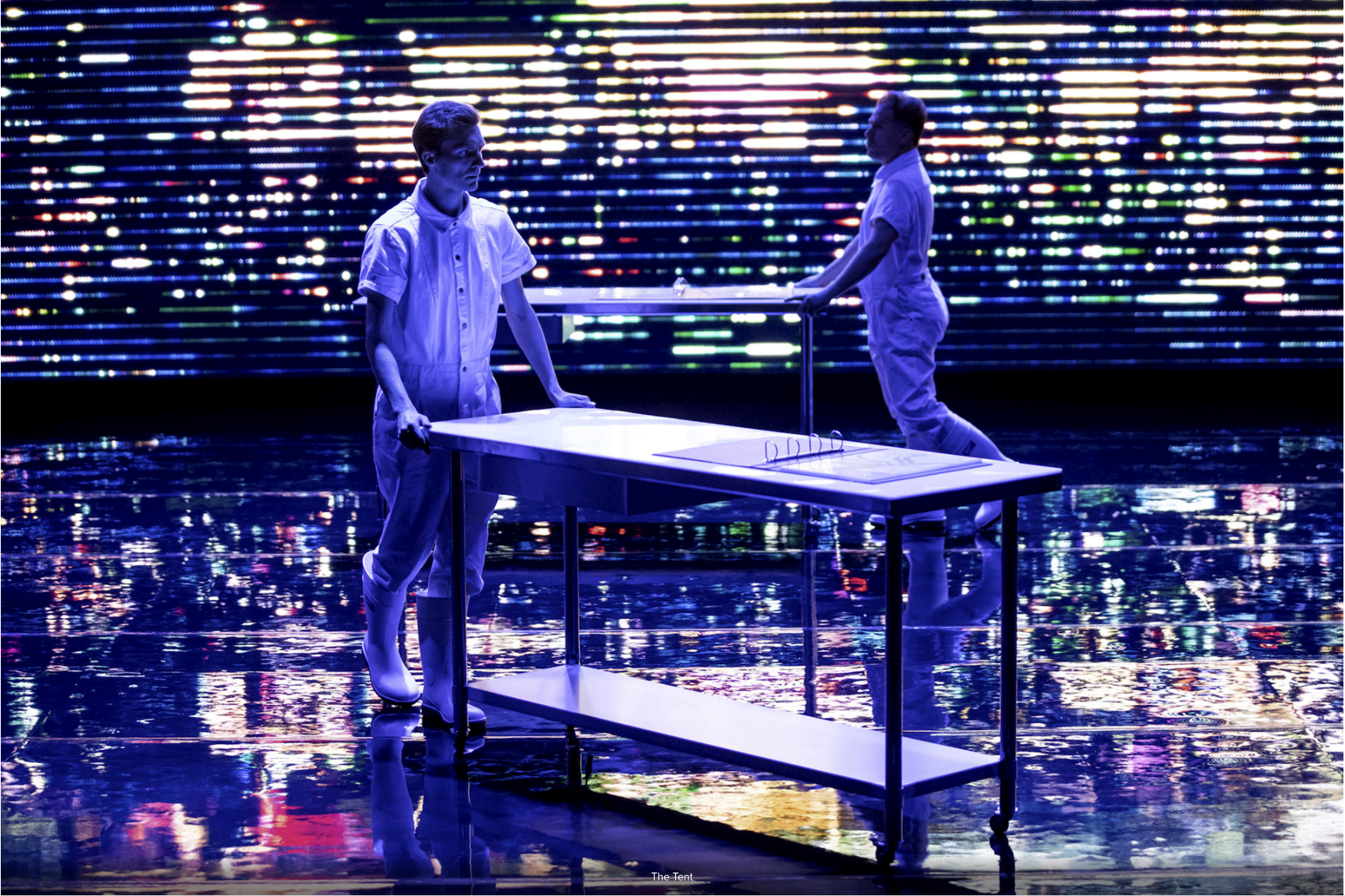
Breaking New Ground
Adapting literature to music in Sydney Chamber Opera’s four new works.
Keep in touch
General Inquiries
- contact@sydneychamberopera.com
-
SCO, Carriageworks
PO Box 3035 Redfern, NSW 2016
Postal Address -
SCO, Carriageworks
245 Wilson St Eveleigh, NSW 2015
Resident Address - (02) 8571 9106
